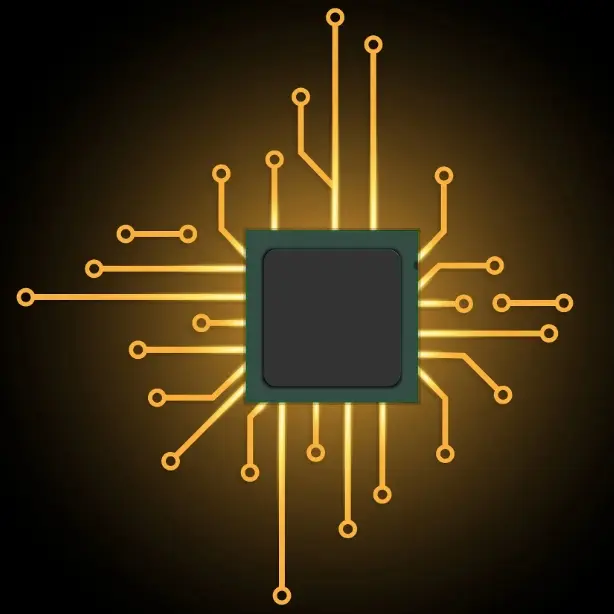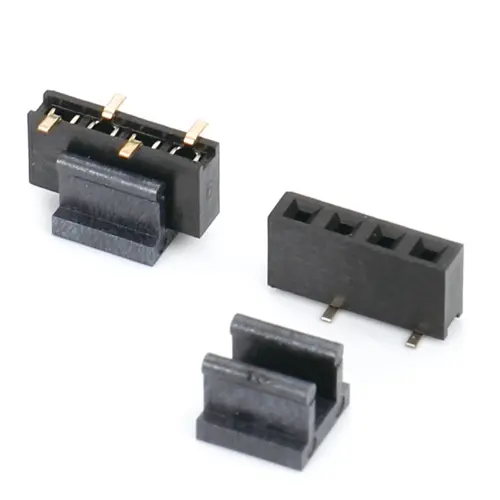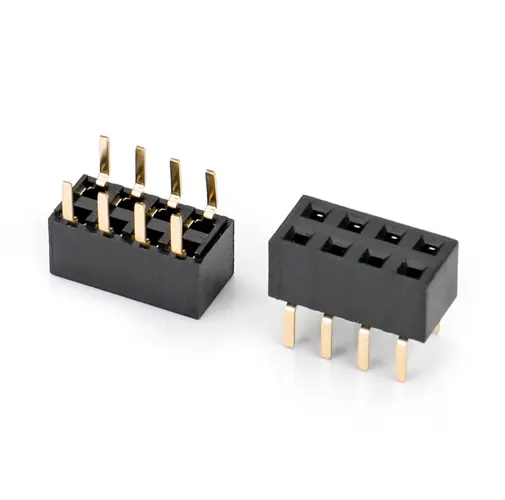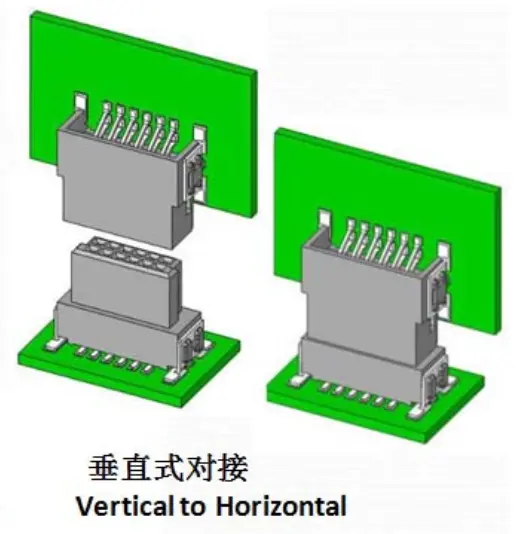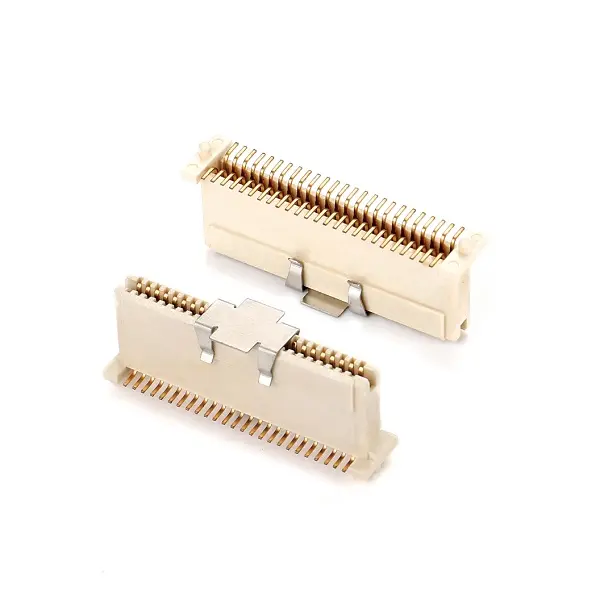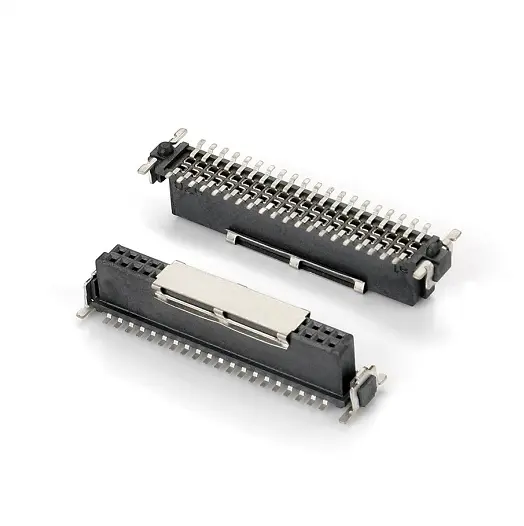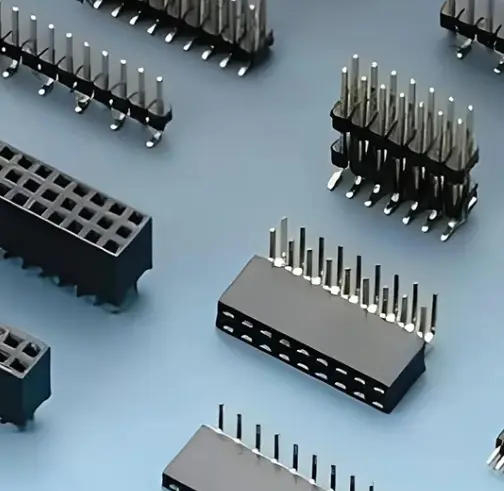The era of high-speed transmission is coming – USB 4.0
Introduction
In 1994, Intel and Microsoft initiated the International Standardization Organization, referred to as "USB-IF". The organization developed a series of specifications and specifications for a universal serial bus. Among them, the standard developed around the fast charge is the well-known USB PD protocol, which is currently one of the most widely applicable public charging protocols, and the research report on the industrial ecology of PD 3.1 has been released before the charging head network has issued a long text, one can understand the whole industry chain of PD 3.1.
In addition, USB-IF has developed a standard for data transmission, and directly named USB #.0, after the current version changes, the latest specification of USB is USB4, this article will delve into the USB4 since its release, in the market to build up the industrial ecology.
About USB4
USB's data transfer protocol was released much earlier than USB PD, and USB1.0 was introduced in 1996, the third year after USB-IF was established. The first generation of USB standard, its transmission rate is only 1.5Mbps, the details of the development of USB historical versions please see the following table:
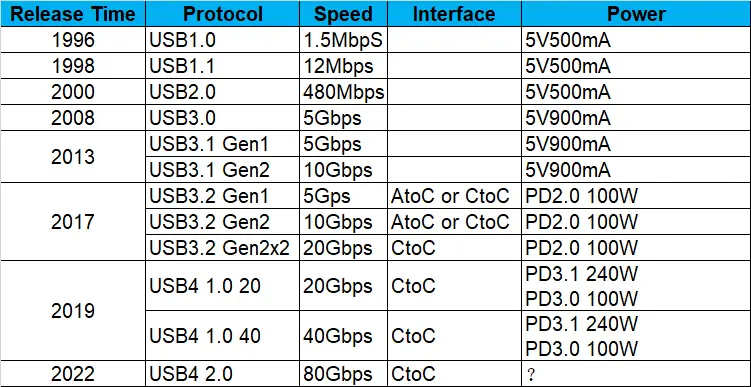
In September 2019, USB4 was officially released with a maximum transmission rate of 40Gbps, the same as Thunderbolt 3. USB4 has two specifications, respectively, USB4 40 with a maximum bandwidth of 40Gbps, USB4 20 with a maximum bandwidth of 20Gbps, and consumers need to recognize that USB4 40 is a full blood interface.
In September 2022, the USB4 2.0 standard was exposed in advance, the maximum rate was increased to 80Gbps, the new data architecture was adopted, and the USB PD fast charging standard, USB Type-C interface and cable standard would also be updated synchronously.

It can be seen that in the process of version update, the biggest change is the improvement of data transmission rate, from the initial 1.5Mbps to the current exposure of USB4 2.0 has reached 80Gbps, an increase of tens of thousands of times. This change is mainly due to the upgrade of the data transmission channel, since 2013, the USB3 series version, increased to 4 pairs of differential channels, and equipped with better performance USB-C port, making data transmission has a qualitative improvement.
At present, there are many products that apply the high-speed data transmission function of the USB-C interface, mainly some external storage devices (such as high-speed solid-state drives, high-speed transmission cables, and interfaces directly used in some high-end notebooks).





